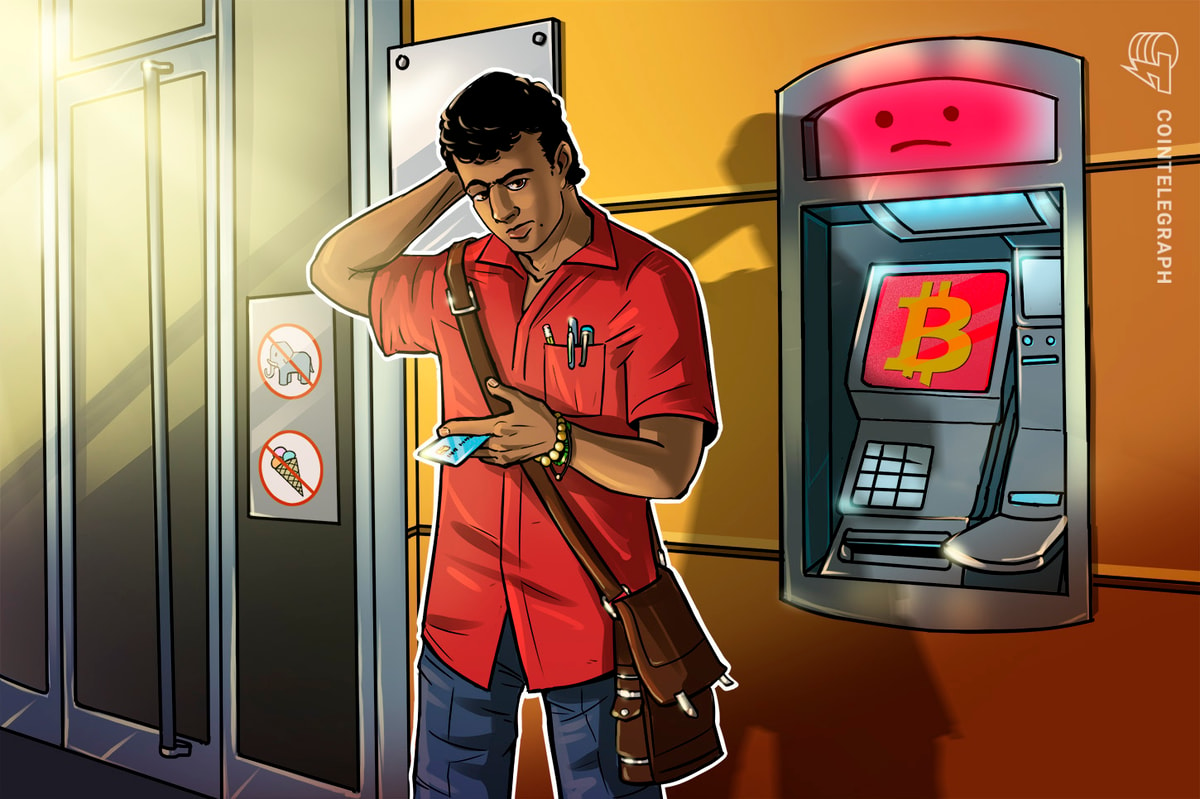The potential risks of overcollateralized stablecoins have recently come into sharper focus. Michael Egorov, founder of the decentralized borrowing and lending platform Curve Finance, argued that these risks are not necessarily the reserve-related risks commonly noted by investors but geopolitical risks posed by government regulation.
In an interview with Cointelegraph, Egorov said that the underlying assets backing collateralized stablecoins, including cash deposits in financial institutions and government securities such as United States Treasury bills, are vulnerable to asset freezes and seizures.
United States Senator Bill Hagerty’s bill proposal to regulate stablecoins in the US. Source: US Senate
The Curve founder’s answer to these potential sanctions is to achieve maximum decentralization through algorithmic stablecoins, which do not rely on physical cash deposits or short-term cash equivalents:
“If you have something totally decentralized, then it is just software running onchain autonomously, so you cannot really do anything to it, and, in principle, it's still fully trackable.”
“For [the US dollar], keys are never yours. So, that’s a problem,” Egorov stated, before asserting that truly decentralized stablecoins, provide “algorithmic assurance” to investors that their funds won’t evaporate due to asset seizures.
Stablecoins backed by physical fiat assets lack any such guarantee, Egorov told Cointelegraph.
Related: Stablecoins and the dollar: Allies or adversaries in the new financial era?
Stablecoins and growing geopolitical risk
The geopolitical risks posed by centralized stablecoins outlined by the Curve Finance founder are a growing concern among industry executives and lawmakers.
On Oct. 25, The Wall Street Journal published a story claiming that USDt (USDT) issuer Tether was under investigation by US authorities for allegedly breaking Anti-Money Laundering laws and US sanctions.
Tether CEO Paolo Ardoino denied the claims and outlined the company's reserve assets backing the USDT stablecoin.
During a recent appearance at the Plan B event in Lugano, Switzerland, the Tether CEO also argued that the European Union’s Markets in Crypto-Assets Regulation (MiCA) poses systemic risks for crypto and financial institutions due to banking reserve requirements.
Ardoino explained that the MiCA regulations require stablecoin issuers to hold at least 60% of their deposits in regulated banks, which can lend 90% of those assets to clients and create significant deposit risk for stablecoin firms in the event of bankruptcy or bank failure.
Magazine: Unstablecoins: Depegging, bank runs and other risks loom











